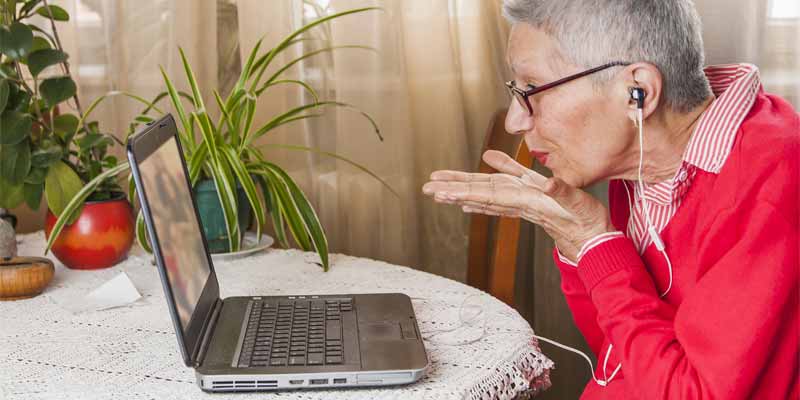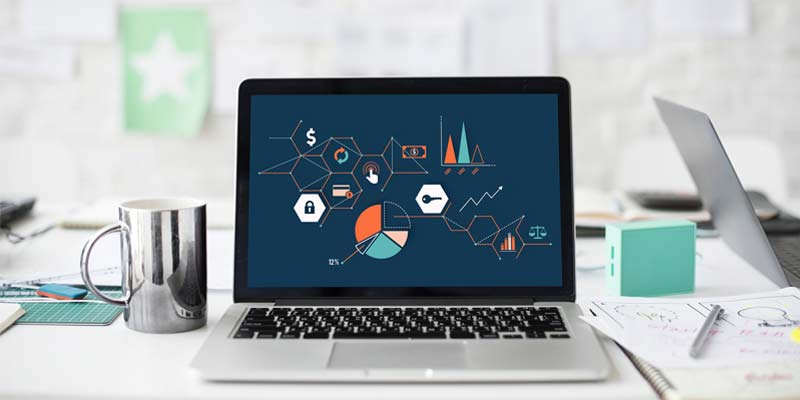Aged care is a growing industry in Australia. The recent Royal Commission into Aged Care Quality and Safety has raised a lot of issues the industry needs to address (1). Aged care technology and innovation has been identified as one way to improve services (2).
Many aged care facilities are in the process of adapting technology but it’s still a long way before we can leverage the full benefits. There are different areas where technology can make an impact in providing services for the aged. Here are two areas that are in the early stages of development within Australia:
1. Community care mobile app
Older Australians would prefer to receive care in the comfort of their homes (3). With the growing demand of receiving care at home, the Australian Government has implemented the My Aged Care platform as a starting point for the aged care journey (4).
The Government funds Aged Care organisations directly so they can provide services to their clients. Clients need to track the services provided to them, as well as have flexibility of the services provided. This has created a big demand on technology to improve communications, service delivery and payment between clients, providers and the Government. This has led to the development of various aged care software solutions.
Client interface
Organisations are seeing the benefit of providing clients with greater control of the services they have paid for. Currently organisations that provide community care, send out a carer to a client’s residence to provide the services they’d registered for. The development of a mobile app allows clients to see their schedules, and carers, and gives them greater visibility and more control.
It would be similar to tracking an Uber driver, and having details on the car and driver. Clients have the flexibility to change their schedule, and be notified on any cancellation costs. This reduces customer support communication related to unexpected costs, or schedule changes.
The client is also able to provide feedback on the service, as well as the carer. The financial expenses are transparent and visible for both the organisation and client.
Carer interface
The carers also get an opportunity to know who they are working with. That helps them prepare for the job, having a brief bio on the client they are about to see, their preferences and access to any relevant documents. Currently most carers have to print their schedules by going to the office, and have to ask the client for their care plan files on arrival. This is an inefficient use of both the client and carer’s time.
The carer is also able to view schedule changes by the client, and any unallocated shifts.

2. Technology within Aged Care facilities
Within the aged care facility the use of technology is important in monitoring residents. Tracking sleep patterns, and general behaviour can help employees be proactive with potential trigger points where residents feel uncomfortable.
For example, the use of IOT devices on beds and mattresses to notify nurses and carers if the resident needs a change of bedding, and helps to retain the dignity of the resident.
Devices are also being used in bathrooms and toilets to track how long residents use the facilities, and signals a warning after an extended period of time.
Data can also be collected to better understand how many falls or accidents within a facility.
Aged care technology platforms
The technology platforms will be determined by the solutions the different businesses need. Organisations have different data sources that all relate to a client. The need for a master data hub is critical in building a single view of clients, as well as giving organisations the flexibility to implement different systems according to the areas of services.
API driven platforms that support data integration and facilitate the development of different user interfaces are growing. For example Outsystems (5), Dell Boomi (6), Denodo (7).
Business analytics tools like Power BI and tableau are critical for the business to track key performance indicators, and compliance reporting.
For example, ERP software solutions like Epicor have a community care module that allows you to integrate data with residential software solutions like iCare.

Continued Innovation
There will be more client needs that will drive increased number of aged care technology solution, to support both clients, carers and organisations. Innovation in aged care should be supported as it will improve collaboration between the Government, clients and healthcare service providers.
Ultimately improved personalised care will provide a better patient outcome, and greater independence for senior Australians.
References:
- ROYAL COMMISSION: Lacking regulation and inadequate Government action, Aged Care Guide, August 2019
- The Role of Digital Technology in Aged Care, Telstra Health, May 2019
- Navigating the Maze: An Overview of Australia’s Current Aged Care System, Royal Commission, Background Paper 1, February 2019
- 2017–18 Report on the Operation of the Aged Care Act 1997, Australian Government Department of Health, 2018
- OutSystems for Healthcare
- Integration Is the Foundation for Modernizing Aged Care in Australia, boomi, November 2018
- From the Bronze Age to Today’s AI-based Circular Economy, and How Data Virtualization and Federated Learning Make It Possible, denodo, August 2019



I like that you state that the use of technology is important in care facilities. My wife and I are looking for a place that we can take my dad. I will keep this in mind and make sure to find a place with aged care technology content.
Hello Benjamin, glad to hear that you will consider technology. I hope that more care facilities will consider it to enhance quality service delivery.